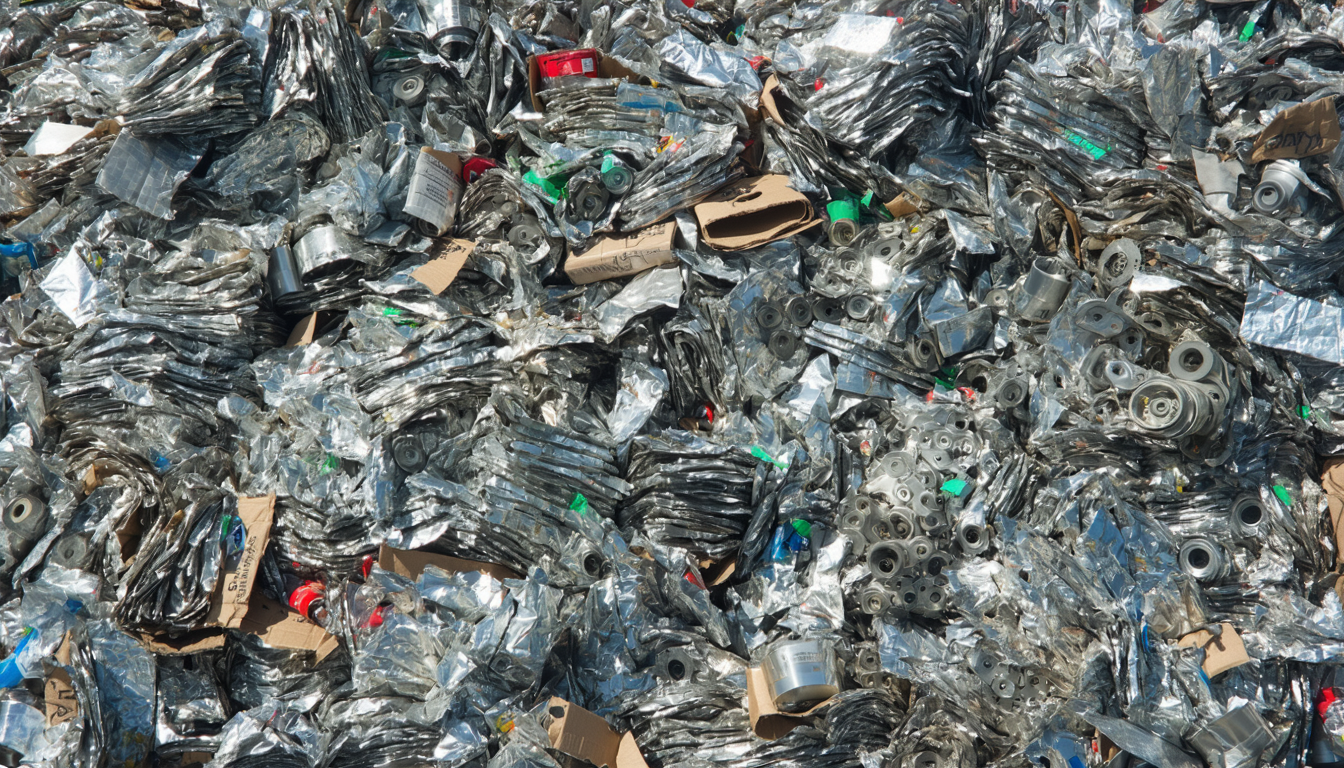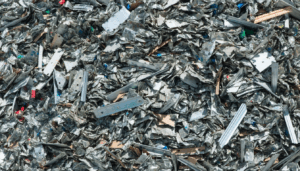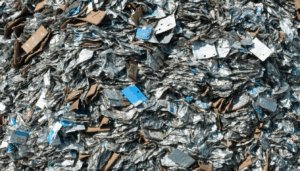The United States is witnessing a significant upswing in all metal recycling, a critical sector for sustainability and economic growth. As industries and policymakers push for greener practices, metal recycling has emerged as a cornerstone of waste reduction and resource conservation. This article delves into the latest developments in the field, exploring new technologies, policy shifts, and their broader impact on businesses and communities. From rising scrap metal prices to innovative recycling methods, we uncover the trends shaping this vital industry in 2024.
The Growing Importance of All Metal Recycling
Metal recycling in the US has gained momentum as a solution to environmental challenges and resource scarcity. With over 150 million metric tons of scrap metal processed annually, according to the Institute of Scrap Recycling Industries (ISRI), the industry contributes significantly to reducing landfill waste and conserving natural resources. Ferrous metals like steel and non-ferrous metals such as aluminum and copper are being repurposed at unprecedented rates, driven by demand from manufacturing and construction sectors.
This surge reflects a broader shift toward circular economies. Recycling metals cuts energy consumption by up to 74% compared to raw material extraction, as noted by the Environmental Protection Agency (EPA). As a result, stakeholders across the board are prioritizing sustainable practices.
Technological Advancements Driving Efficiency
Innovation is transforming how all metal recycling operates in the US. Advanced sorting technologies, such as AI-powered systems and robotic separators, are enhancing the precision of material recovery. These tools allow facilities to process mixed metal waste faster, increasing output while minimizing contamination.
In 2023, companies like Sims Metal Management reported a 15% rise in operational efficiency due to automation. “Technology is a game-changer for our industry,” said John Carter, CEO of a leading recycling firm. “It enables us to handle larger volumes with greater accuracy, meeting the growing demand for recycled metals.”
Policy Shifts and Economic Impacts
Government policies are playing a pivotal role in shaping the metal recycling landscape. In early 2024, the US Department of Commerce introduced incentives for companies adopting sustainable practices, including tax breaks for recycling facilities. Additionally, several states have tightened regulations on landfill disposal, pushing businesses to recycle more.
These measures have economic ripple effects. The recycling industry supports over 500,000 jobs nationwide, per ISRI data, and contributes $117 billion annually to the economy. However, small-scale recyclers face challenges with compliance costs, highlighting a need for balanced policy implementation.
Challenges Facing Stakeholders
Despite its growth, all metal recycling encounters hurdles that could impact its trajectory. Fluctuating global metal prices create uncertainty for recyclers reliant on export markets. For instance, tariffs on steel imports have led to oversupply in domestic markets, driving down scrap values in some regions.
Moreover, illegal dumping and inadequate infrastructure in rural areas remain persistent issues. “We need stronger enforcement and investment in collection systems,” stated Maria Lopez, an environmental policy analyst. Addressing these gaps is crucial to maintaining public trust and ensuring equitable access to recycling services.
Future Outlook for Metal Recycling
Looking ahead, the future of all metal recycling in the US appears promising yet complex. Analysts predict that by 2030, recycled metals could account for 50% of total metal consumption if current trends continue. This shift hinges on sustained innovation, public awareness, and supportive legislation.
On the flip side, geopolitical tensions and trade policies could disrupt supply chains for scrap metal exports. Balancing domestic needs with international demand will be key. As the industry evolves, collaboration between government, businesses, and communities will determine its long-term success.
Conclusion
All metal recycling stands at a pivotal moment in the United States, fueled by technological advancements, policy support, and growing environmental consciousness. With millions of tons of metal repurposed each year, the industry is reducing waste and bolstering economic growth while facing challenges like price volatility and infrastructure gaps. As innovations unfold and policies adapt, metal recycling is poised to play an even larger role in shaping a sustainable future. Staying informed on these developments will be essential for stakeholders aiming to navigate this dynamic landscape.
Frequently Asked Questions (FAQs)
1. What types of metals are included in all metal recycling?
All metal recycling encompasses both ferrous metals (like iron and steel) and non-ferrous metals (such as aluminum, copper, brass, and lead). These materials are collected from various sources, including industrial scrap, household items, and construction debris.
2. Why is metal recycling important for the environment?
Recycling metals reduces the need for mining, conserves natural resources, and lowers energy use significantly. It also prevents metal waste from ending up in landfills, cutting greenhouse gas emissions and pollution.
3. How can individuals contribute to metal recycling efforts?
Individuals can participate by sorting recyclable metals at home, using local drop-off centers, or supporting buy-back programs for items like aluminum cans. Awareness of proper disposal methods also helps prevent contamination.
4. What are the economic benefits of metal recycling in the US?
The industry generates billions in revenue annually, supports hundreds of thousands of jobs, and reduces production costs for manufacturers by providing affordable raw materials through recycled metals.





